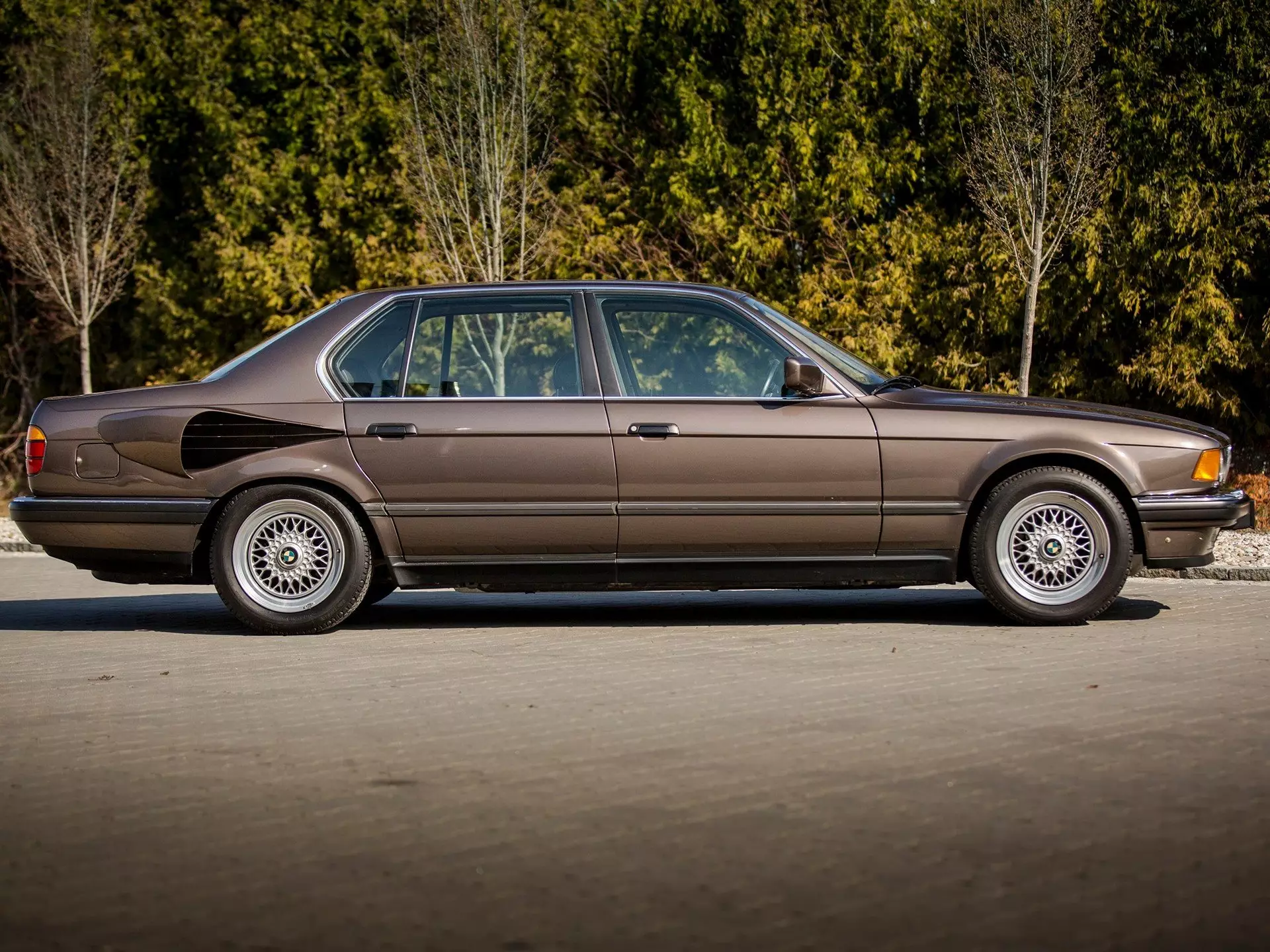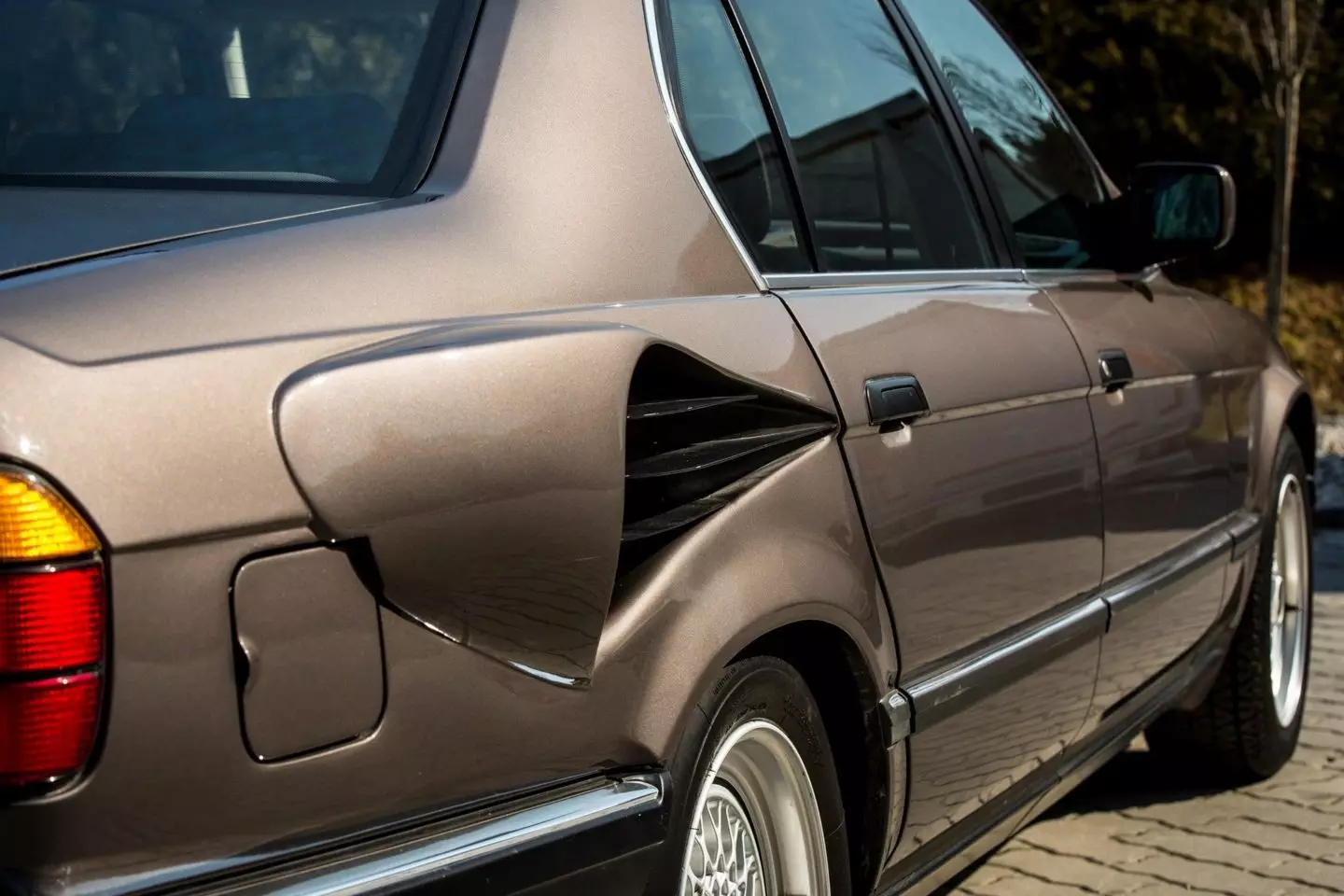Why has BMW developed a colossal V16 in the 80s and installed — more or less successfully — on a 7 Series E32 that, because of its appearance, quickly earned the nickname “Goldfisch”?
You may not believe it, but there was a time when consumption and emissions did not appear as the top priorities for engineers when developing a new engine. The aim of this V16 would be to power the ultimate 7 Series to better rival Stuttgart's rival.
Born in 1987, this engine consisted, in essence, of a V12 of the German brand to which four cylinders were added, two on each bench in the V-block.

The end result was a V16 with 6.7 l, 408 hp and 625 Nm of torque. It doesn't seem like a lot of power, but we have to put it in context — at this point, the BMW V12, more precisely the 5.0 l M70B50, was down to a “modest” 300 hp.
In addition to the extra cylinders, this engine had a management system that “treated” it as if it were two eight cylinders in line. Associated with this engine was a six-speed manual gearbox and traction remained exclusively at the back.
And the BMW 7 Series “Goldfisch” is born
Finished the mighty V16, it's time to test it. To do this, BMW installed the colossal engine in a 750 iL, which it would later designate internally as the 767iL “Goldfisch” or “Secret Seven”.
Subscribe to our newsletter
Despite its considerable dimensions, the BMW 7 Series didn't have the space to accommodate such a large engine — the V16 added 305 mm in length to the V12 — so even BMW engineers had to be… creative. The solution found was to keep the engine at the front and install the cooling system, that is, the radiators, at the rear.

Thanks to this solution, the Series 7 “Goldfisch” had a grille (air outlet) at the rear, smaller taillights and two huge side air intakes in the rear fenders, which is why (according to legend) it became known like “Goldfisch”, in an association between the air intakes and the gills of the goldfish.

In this prototype, form gave way to function, and these air intakes are a good example of this.
Unfortunately, despite having come to be presented within the “internal circles” of BMW, the 7 Series “Goldfisch” ended up being discarded, largely because of… emissions and consumption! It remains to be seen whether the current V12 from the German brand will end up joining this unique V16 in BMW's souvenir chest.
